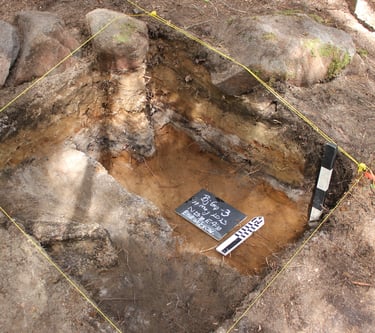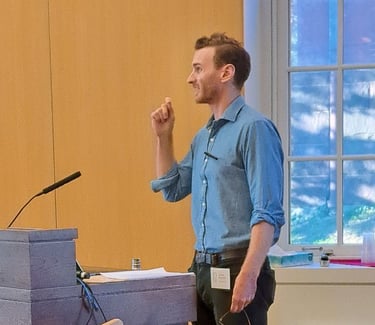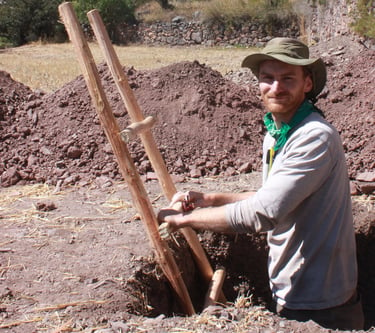Some photos from my research sites:
In the Andes....
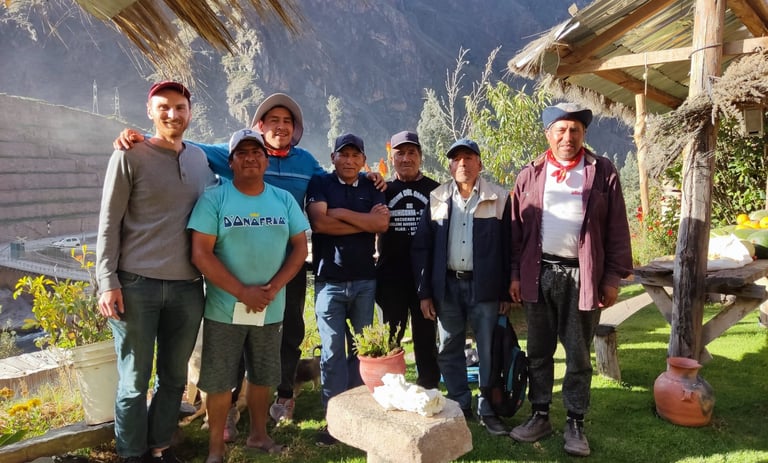

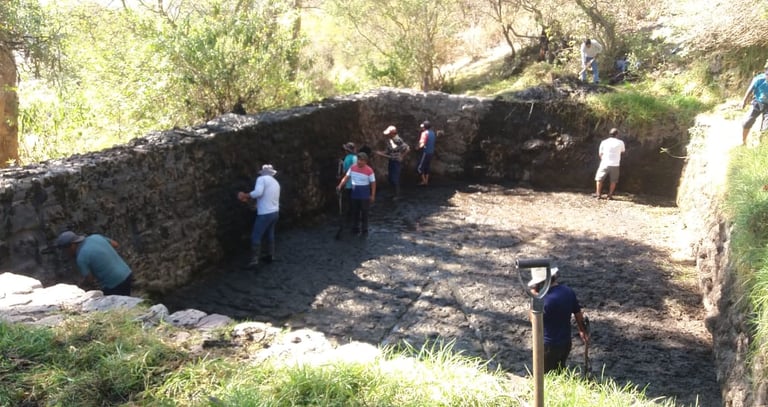

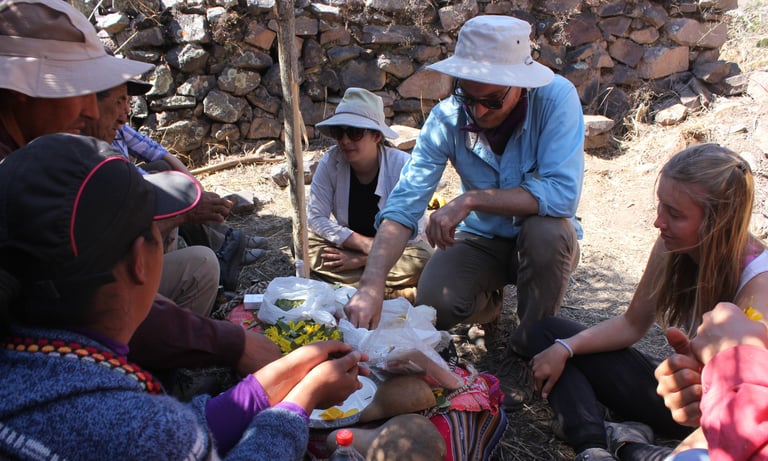

My research is collaborative and community driven. Since 2019 I have partnered with the agrarian cooperative of Simapuqio. A major component of our partnership is a project to rehabilitate Inka-era irrigation systems.
Photos: With the 2023 excavation team, comprised of members of the agrarian cooperative.
Cleaning accumulated silt from a reservoir at Simapuqio.
Preparing for excavation with a pago a la tierra offering.
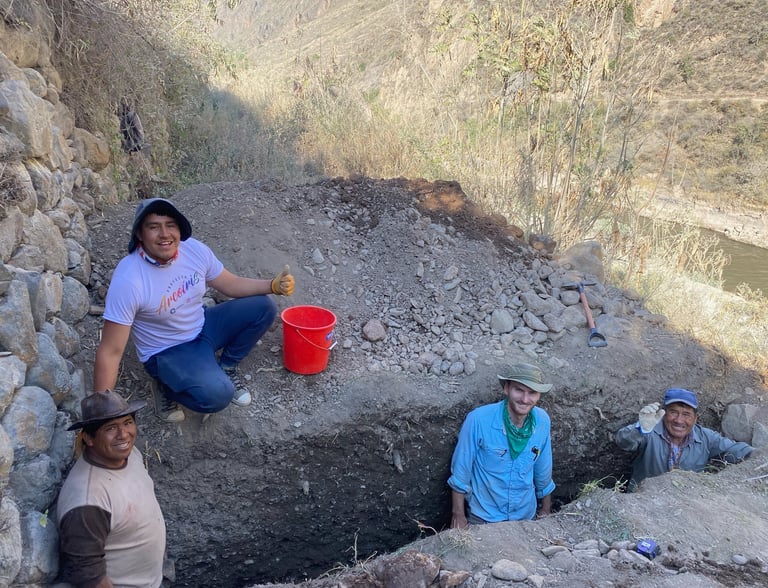

A key component of the Ollantaytambo Terraces Project are excavations in terraces designed to clarify when they were built and renovated, expose construction techniques, and evaluate soil types. During excavations we sample for radiocarbon dating, microbotanical analysis, and soil micromorphology. Photos from top left: The 2022 excavation team in a trench at Ollantaytambo; preparing a micromorphology sample; an extracted micromorphology sample preserving stratigraphy; and a sample in situ across a stratigraphic transition.
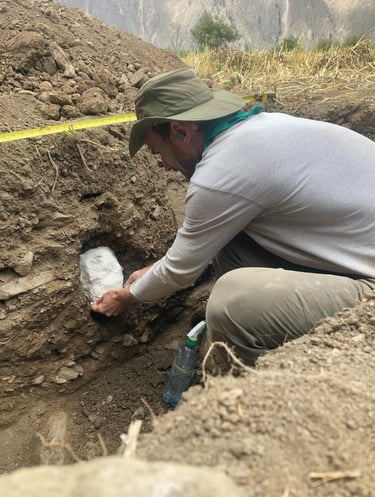

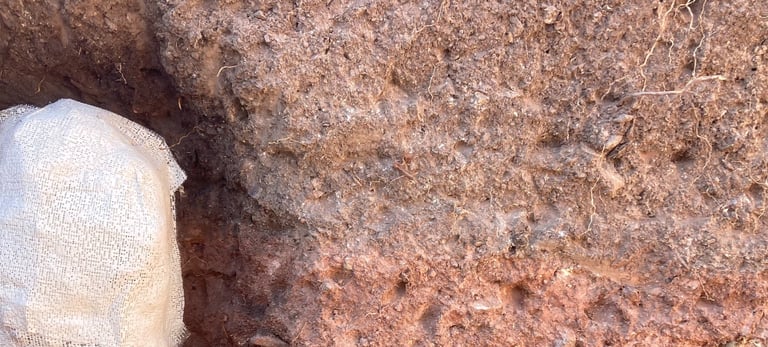

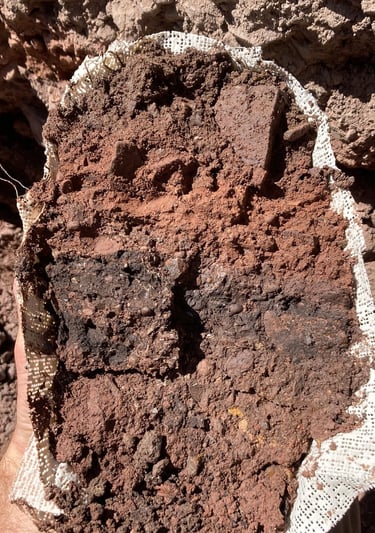

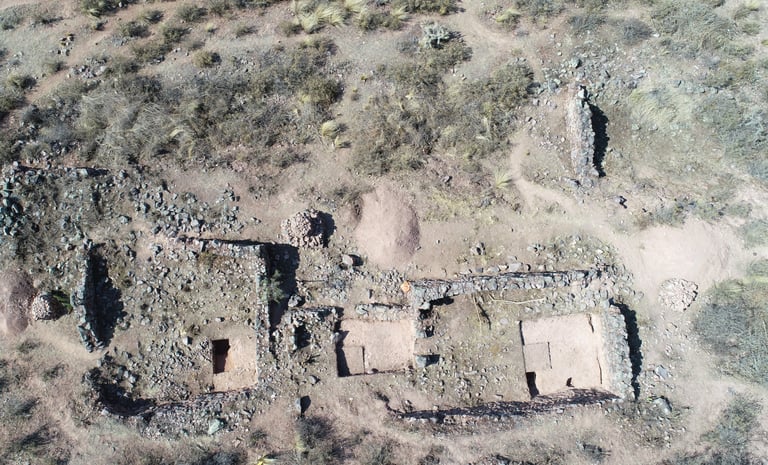

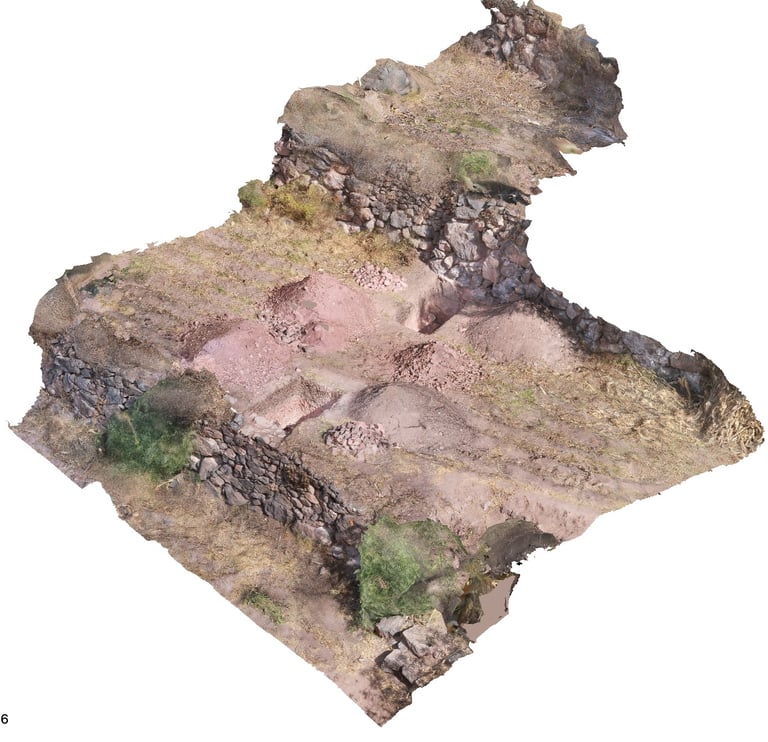


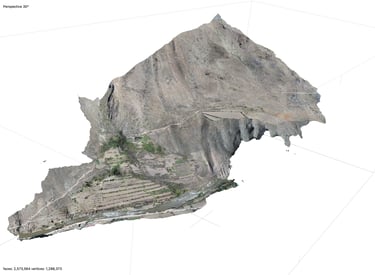
This research relies heavily on UAV photography, photogrammetry, and GIS to model terrace complexes. These models allow us to document factors ranging from the stratigraphy of specific terraces to valley-wide hydrology. From top left: Domestic excavations documented using UAV images; a single excavated terrace, modeled using photogrammetry; the terrace complex of Simapuqio modeled in full.

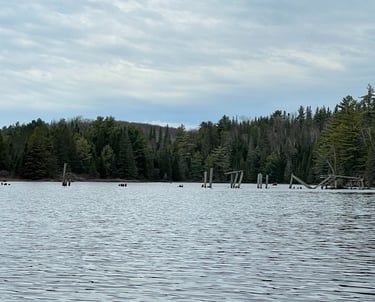
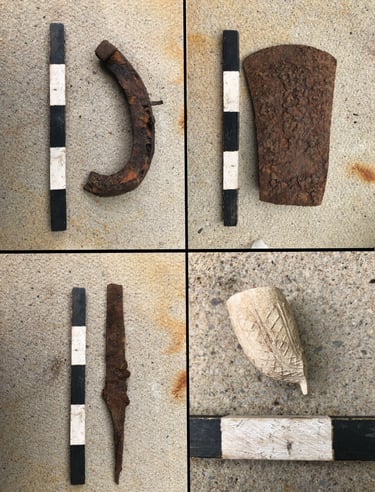

And in Ontario....
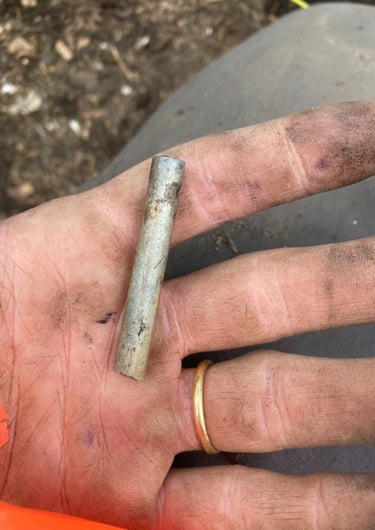

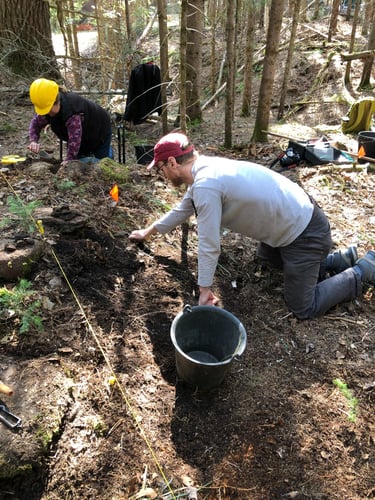

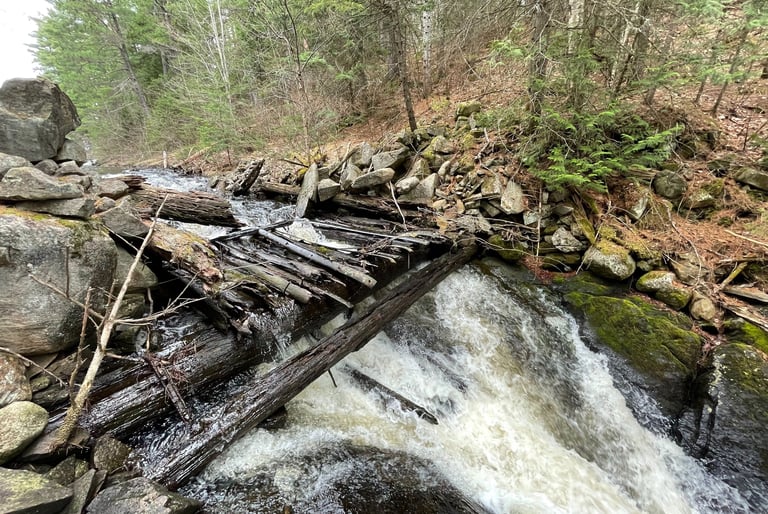

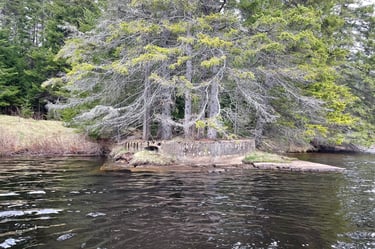

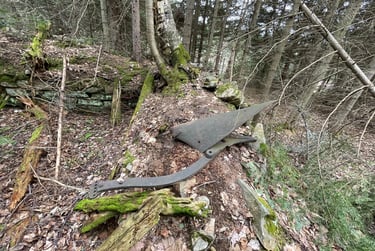

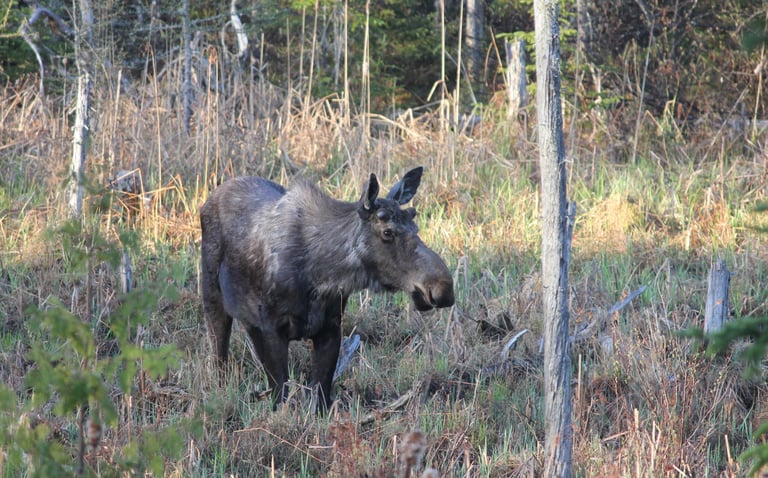

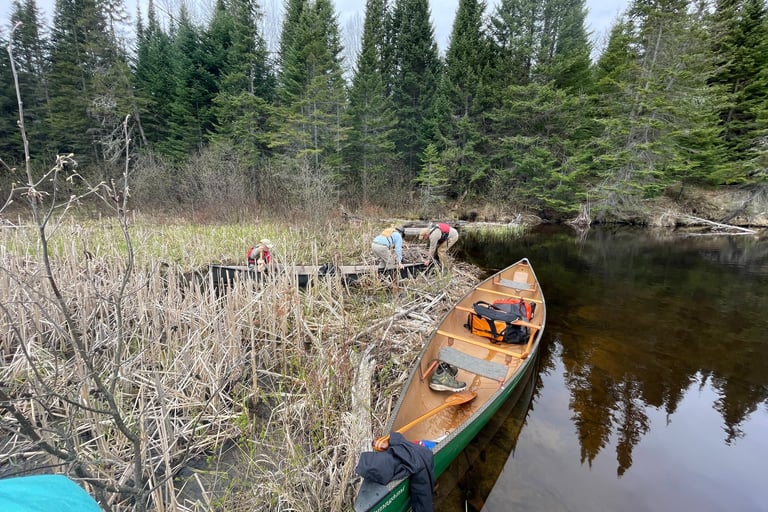

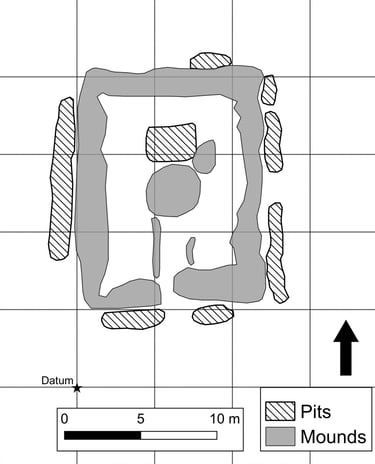

Excavation is also an important part of my work in the park. In 2023 I worked with local archaeologist Rory MacKay to excavate a 19th century 'camboose' style timber shanty. Photos: Excavation alongside volunteers; a pipestem recovered in excavations; other artifacts, including an axe head; a site plan of the shanty.
Algonquin is a unique place, with a long history of conservation science, wilderness recreation, and industrial lumbering. Remnants of these activities—such as moose pens used in 20th century conservation studies—survive in the park. The park is also home to a remarkable flora and fauna, including the occasional inquisitive moose or beaver!
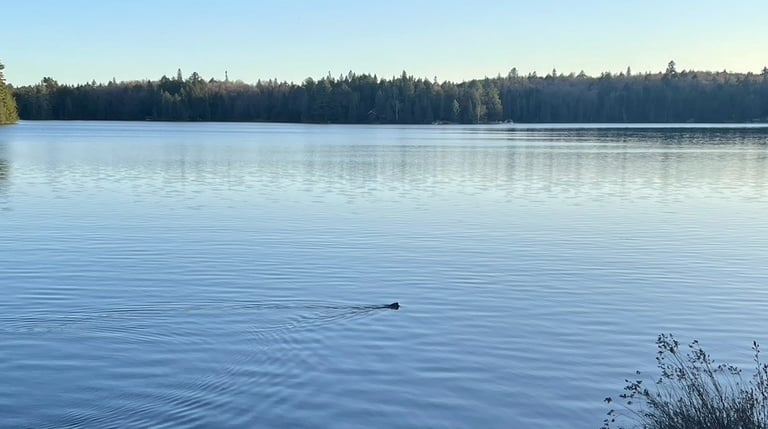

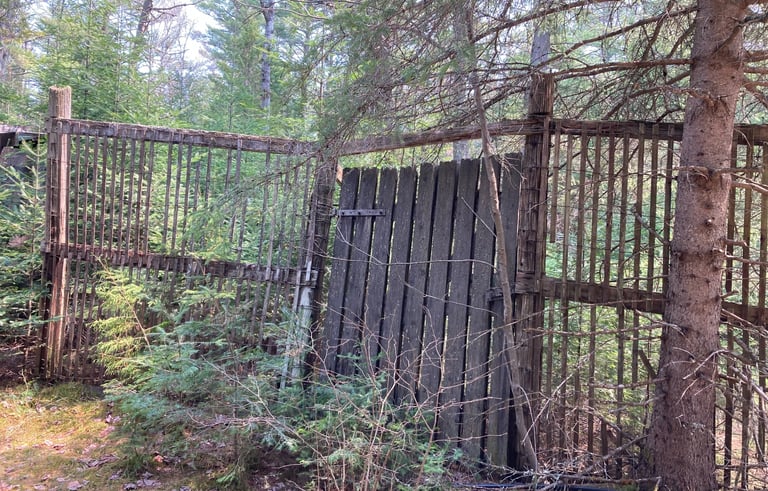

Remnants of an abandoned sawmill in the park. This is the foundation of a sawdust burner, used to dispose of sawdust waste from milling lumber.
In Algonquin Park, archaeological survey by canoe documents remnants of 19th and 20th century logging, the remnants of historic recreation and conservation activities, and sites associated with the Indigenous peoples evicted from the Park at its founding. Above: the remains of a trestle by which logs were extracted from the park.
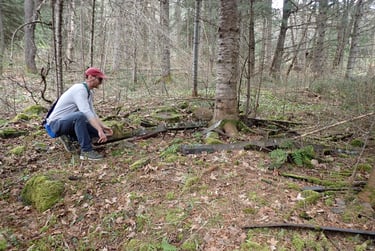

Navigating a beaver dam while on survey with volunteers.
Documenting sleigh-runners at an early-20th century logging camp in the park.
A plow in a long-abandoned farm in the park. When operational, the farm grew provisions for logging crews. Today, surviving fruit trees attract bears, and moose browse in the overgrown fields.
The remnants of a 19th century logging chute. These infrastructures eased the extraction of logs along waterways by bypassing rapids and other obstructions.

